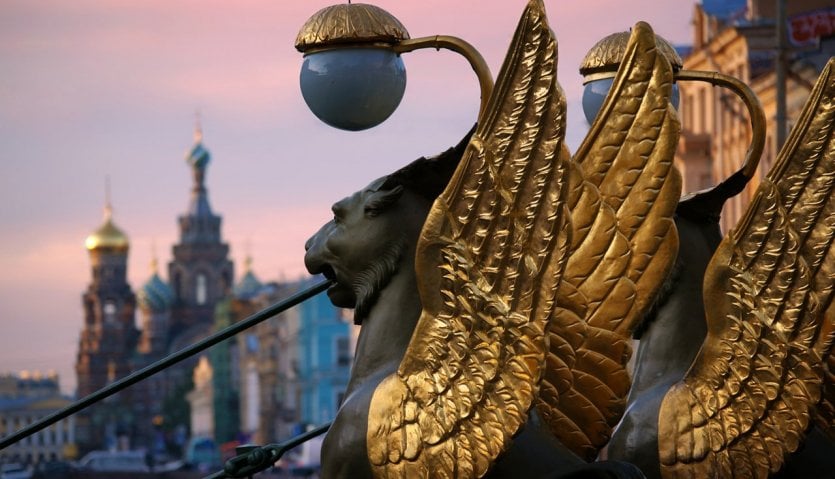
Both near and far, Russia remains enigmatic as it combines past and modernity, immensity and diversity. It is not a journey but several that this great region offers us between Moscow the invincible, St. Petersburg the nostalgic, the wild beauty of the Siberian steppes and Lake Baikal, the mythical trains of the Trans-Siberian, the furious volcanoes of Kamchatka, the bucolic cruises on the Volga... Throughout these visits, we discover a rich historical and religious heritage, great museums, unusual landscapes and a most colourful folklore.
Moscow
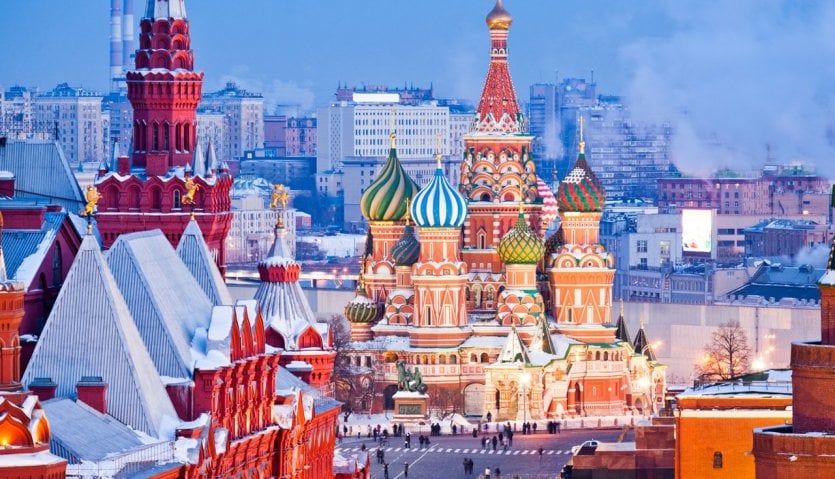
Breathtaking, magnetic, vibrant: Moscow is the out of the ordinary capital of this country, which is just as out of the ordinary. It is approached by its historic district where legendary monuments such as the Red Square and Lenin's Mausoleum, the Kremlin and the colourful domes of the Basil the Blessed Cathedral are located. By taking the most beautiful metro in the world, you can discover the Pushkin Fine Arts Museum and its incredible collection, the Bolshoi Theatre - the emblematic place of the living arts -, the gigantic Cathedral of Christ the Savior or Gorky Park which turns into an ice rink in winter. And to complete this Moscow immersion, we embark on a cruise on the Moskova River, plunge into one of the mythical Russian baths and enjoy a delicious pastry at the famous Pushkin café.
St. Petersburg
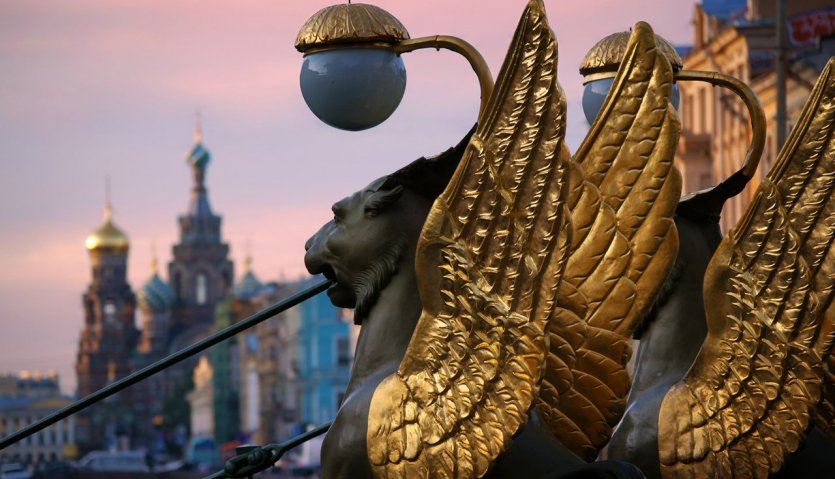
St. Petersburg resonates in us with its sleepless nights during which the sun never sets and takes the people of St. Petersburg into a month of festivities! But its attraction extends far beyond that thanks to its fabulous historical heritage and the unique atmosphere that emerges from the canals of the "Venice of the North". We will not fail to visit the emblematic Hermitage Museum, the enchanting Church of the Savior on the Blood of the Verse, the Peter and Paul Fortress, the sumptuous Youssoupov Palace and the Saint-Isaac Cathedral, which offers a fantastic view of the Neva River, the Winter Palace and the Bronze Rider. Another must-see sight is the lifting of bridges at nightfall, which allows boats to connect the city's many islands.
The Trans-Siberian Railway
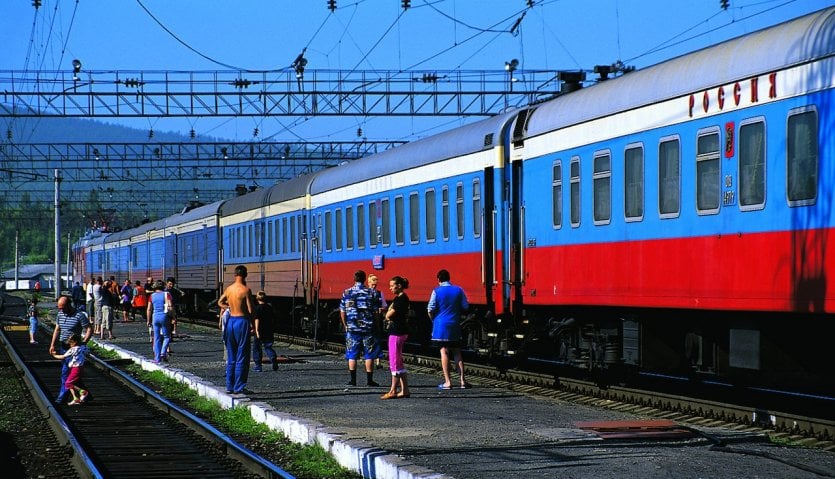
Nicknamed "the most beautiful jewel of the Tsar's crown", the Trans-Siberian Railway is certainly one of the most famous railway lines in the world and one of the longest... 9,289 km and seven time zones separate Moscow from Vladivostok at the end of the country! And since the trains travel at 60 km/h, it takes 7 days on board to complete this mythical journey. The trip is absolutely incredible, thanks in particular to the life that is organized between the travellers, out of time. The landscapes along the route are all fabulous: Lake Baikal, the Gobi desert, the steppes of Mongolia or the immaculate regions of Siberia. An exceptional experience to live once in a lifetime.
Siberia
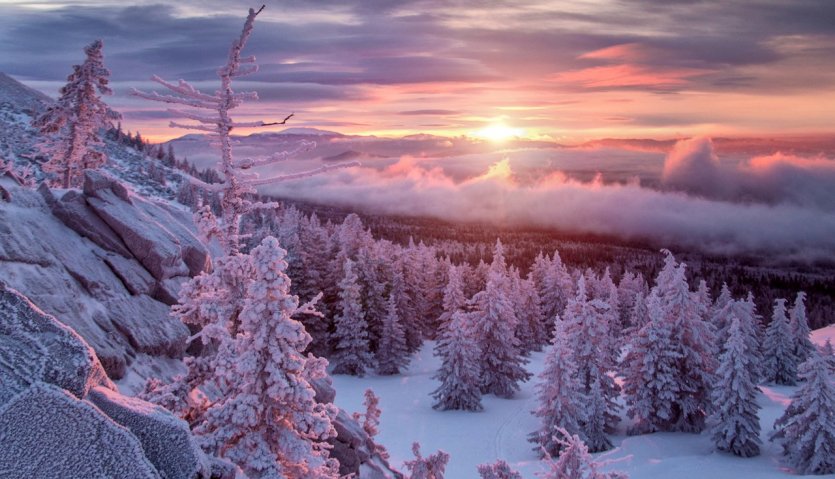
Siberia extends from the Urals to the Pacific Ocean, i. e. over almost 13,000,000,000 km2, which represents 77% of the country's surface area. Known for its harsh climate, the region has a wide variety of landforms and is the country's major reservoir of raw materials and energy. Nevertheless, its attractive strength remains the wild beauty of its wide open spaces, the traditions and customs of the thirty or so indigenous ethnic groups that show great hospitality to travellers. It is also the kingdom protected from wild animals, such as wolves, tigers and according to legend: the famous yeti!
Lake Baikal
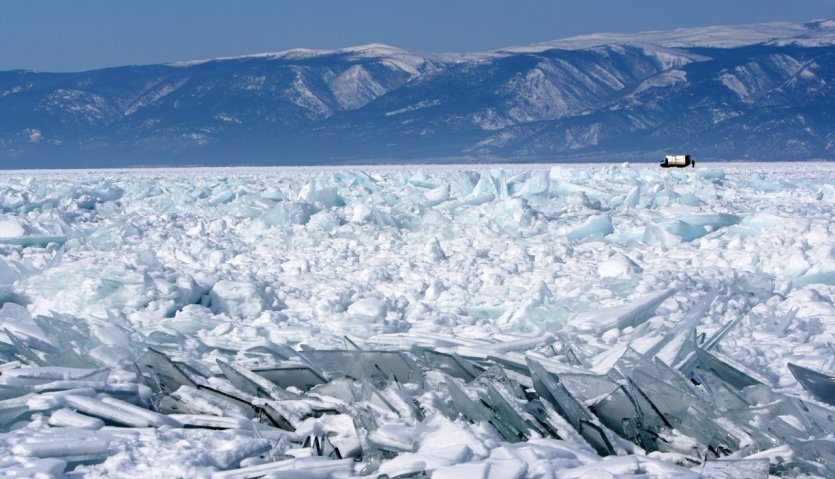
In the heart of Siberia, Lake Baikal is the largest freshwater reservoir on the planet and the oldest, at about 25 million years old! This sea, sacred to the Buryates, the descendants of the Mongols, is home to an exceptional fauna: 3,000 animal and plant species live together, three quarters of which are endemic. It is a UNESCO World Heritage Site and has exceptional value for evolutionary science. You can swim there in summer and slide over its waters that became icy in winter, all in a unique setting surrounded by high cliffs and thick forests.
Vladivostok
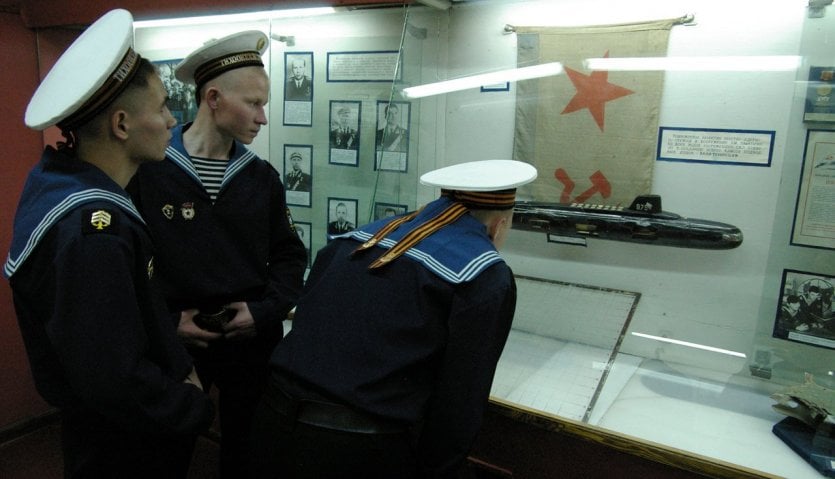
Vladivostok is the capital of the Far East, in the centre of the Bay of the Golden Horn. This city at the end of the world, bathed by the Sea of Japan, was built around the largest commercial and military port in Russia. Unique for its urban planning, with its sloping streets and funicular railway, it combines its modern towers with imperial buildings. The programme of visits includes: the Regional Museum, the Oceanarium, the Fortress Museum, the C-56 Submarine Museum and the pretty Saint-Nicolas Church.
The Volga
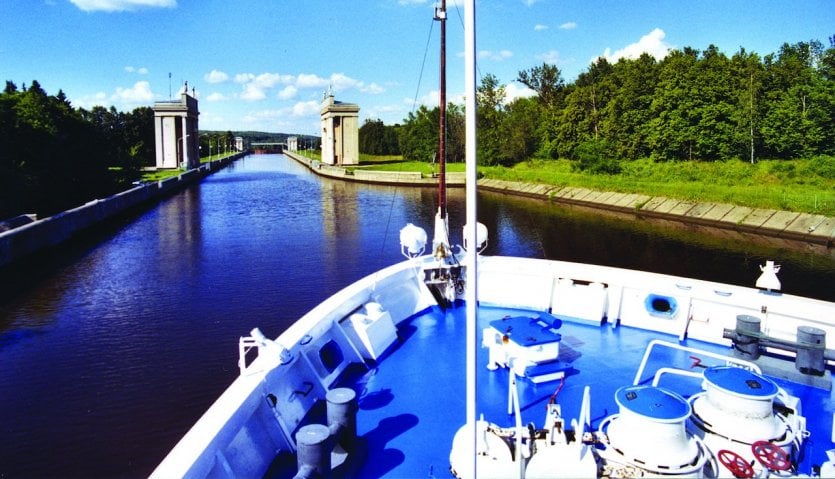
The Volga is the largest river in Russia and Europe, covering 3,700 km from the hills of Valdai to the Caspian Sea. Many cruises are organized to discover the great cities - Moscow and St. Petersburg - but also the country's former princely cities and a more poetic face of Russia. A source of inspiration, the Volga is very present in the literature, painting, folklore and hearts of the inhabitants who affectionately call it "Matouchka Volga": Little Mother Volga.
The Altai
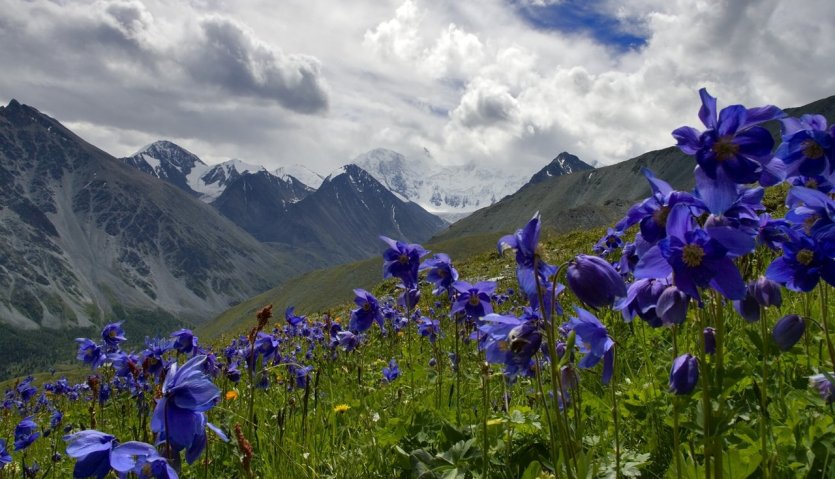
The Altai is the highest mountain range in Siberia that also points to these peaks in China, Mongolia and Kazakhstan. The highest peak, Mount Beloukha, rises to 4,506 m, competing with many peaks that rise between 3,000 and 4,000 m. The landscapes are as varied as they are exceptional, ranging from rugged peaks to soft plains, from lush valleys to arid steppes. It is a real paradise for hikers who secretly hope to encounter the furtive snow leopard.
Kamchatka
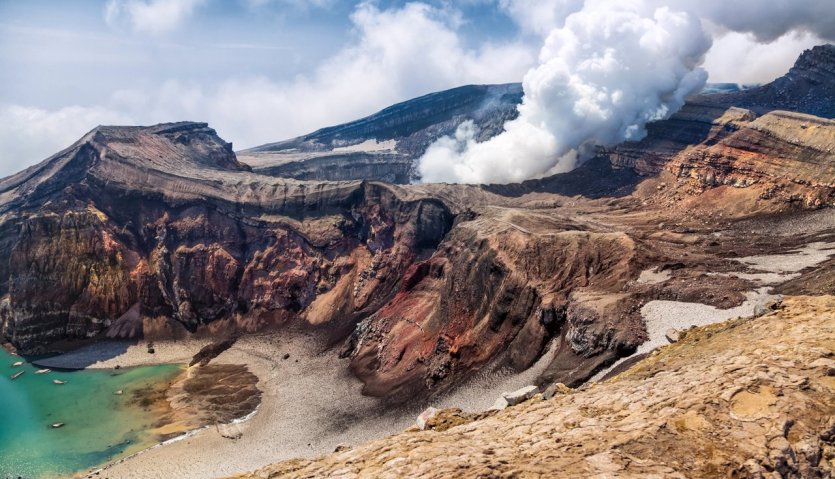
Located in the icy solitudes of Siberia, the Kamchatka Peninsula is still very secret, it was only opened to tourism in 1990. This volcanic land has the most virulent volcanoes on our planet, and the Valley of the Geysers is a UNESCO World Heritage Site. In these often snow-covered landscapes, nature expresses itself with strength and contrast: fumaroles surrounded by blue glaciers, lunar landscapes watered by acid lakes and the sudden appearance of a bear or wolf!
Ekaeérinbourg
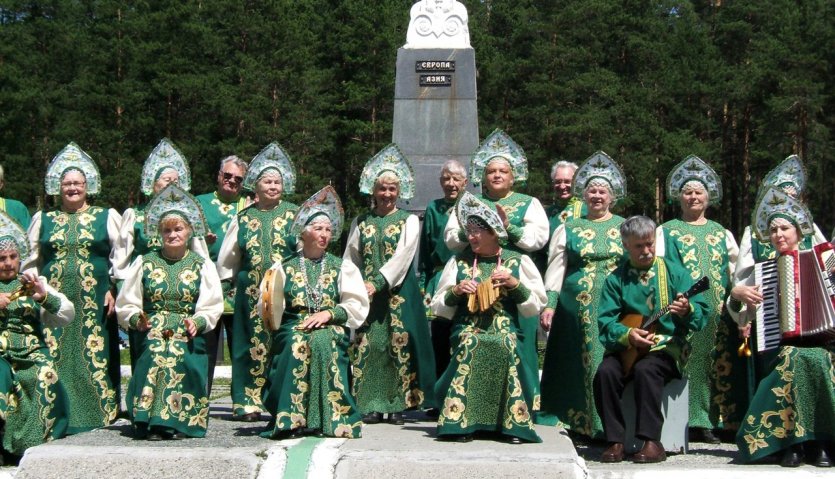
As little known as it is, Ekaeérinbourg is the fourth largest city in Russia and holds a major place in both industry and culture. Straddling the border between Europe and Asia, it preserves a rich array of historical monuments and a surprisingly varied architecture. It is also a place of pilgrimage for some people because the last of the Tsars, Nicholas II, was murdered here... But this is in the past, today Ekaeérinbourg is a vibrant and very lively city with its universities, museums, theatres, opera house, small cafés and restaurants.


